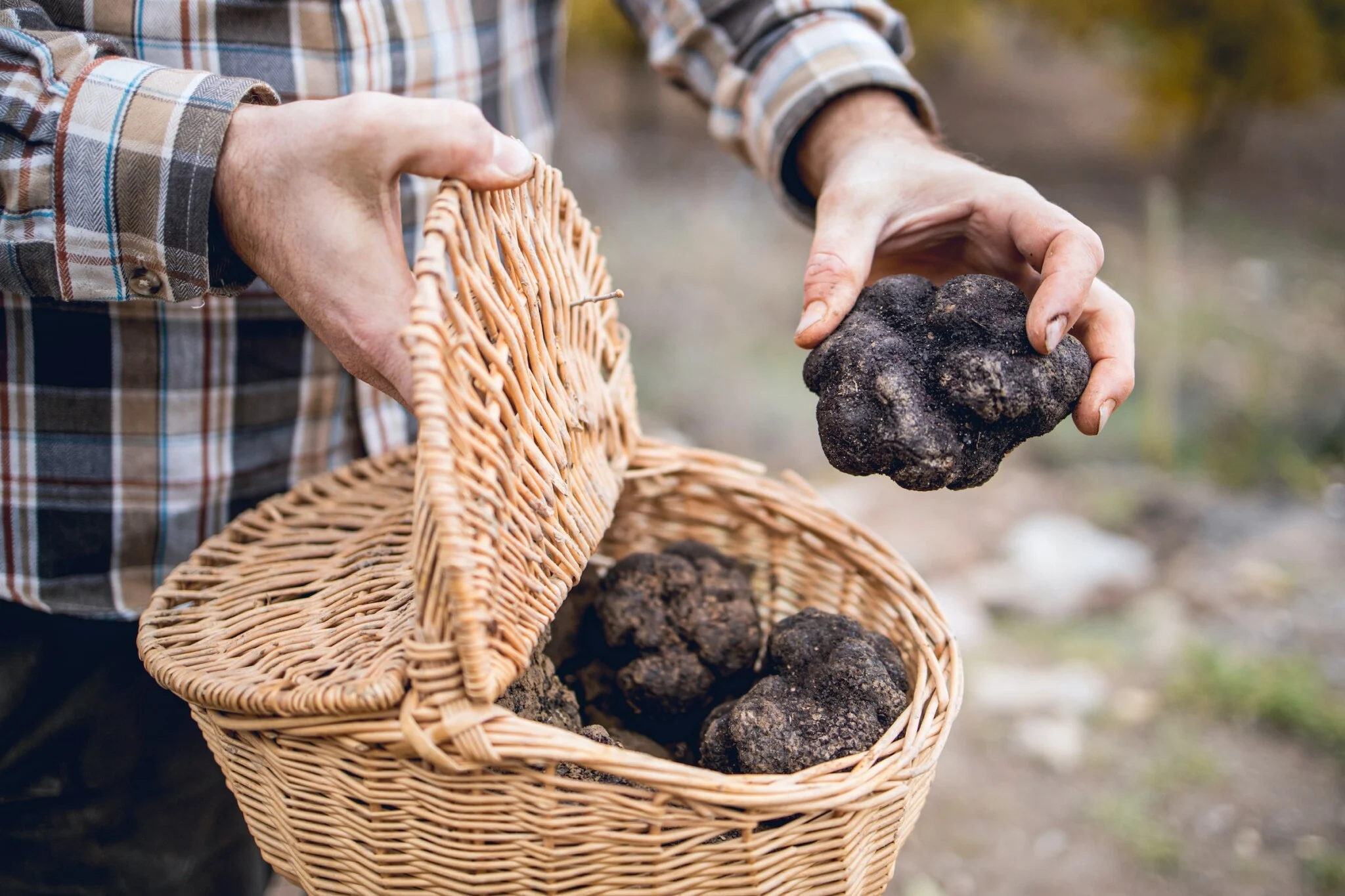Truffle condiments—especially truffle oil—are like a shortcut to luxury, promising bold, earthy flavor with just a drizzle or sprinkle. They’re everywhere these days, from high-end shops to supermarket shelves, but wow, those price tags can get wild fast. The market is jam-packed: you’ll see everything from oils infused with real truffles to bargain bottles that are basically “truffle aroma” in a fancy package. Navigating all this is key if you want that signature truffle punch without blowing your whole food budget. It’s all about understanding what’s in the bottle, how to use it, and when to reach for each type of condiment.
Real Truffles vs. Truffle Aroma
First thing’s first—what’s actually in the bottle? Most affordable truffle oil out there doesn’t have real truffle bits at all. Instead, they rely on an artificial compound (2,4-dithiapentane, for the trivia nerds) that mimics the earthy, mushroomy scent of truffle. It’s the stuff that hits your nose the second you open the bottle—big, unmistakable, but, let’s be honest, sometimes a bit one-note or even chemical. That’s the catch: it’s strong, but doesn’t have the complexity or subtlety of the real deal.
On the other hand, truffle-infused products that actually contain bits of real truffle—usually labeled with things like “contains truffle pieces” or “infused with black truffle”—tend to cost a good deal more. But they deliver a more layered, nuanced flavor that doesn’t just shout “truffle” and nothing else. Honestly, the difference is night and day if you care about taste.
For those who want authentic flavor without maxing out a credit card, the best bet is to look for condiments that blend real truffle shavings with natural flavorings. It’s wise to skip the premium price tags on oils that list only “truffle aroma” in the ingredients; why pay extra for something that’s just faking it?
Choosing Between Oil, Balsamic, and Salt
Not all truffle condiments are created equal, and they don’t all do the same job in the kitchen. Choosing the right one for the way you cook makes all the difference in both flavor and value.
Truffle oil works best as a finishing touch—drizzled over the top of dishes like pasta, risotto, fries, or even a batch of scrambled eggs. It’s all about that instant aroma at the table. Cooking with it is a no-go; heat basically destroys both the truffle notes and the quality of the oil itself, leaving you with something flat and disappointing.
Truffle balsamic is a different animal. It brings the deep sweetness of aged vinegar together with those earthy truffle notes. This makes it perfect for jazzing up a cheese board, adding a glossy finish to roasted meats, or even taking desserts like strawberries or panna cotta to the next level. The best part? A little goes a long way, so a single bottle can last for ages, stretching out the investment.
Truffle salt is probably the most practical option for everyday cooks. A small jar can last forever, and just a pinch can upgrade basic snacks like popcorn, roasted potatoes, or a soft-boiled egg. It’s not as in-your-face as truffle oil, but it brings the flavor in a subtle, controlled way. Plus, it’s a lot harder to accidentally overdo it.
The smartest move is to pick the format that actually fits with the meals already in regular rotation. There’s really no need to splurge on all three at once. Start with the one that seems most useful, and work from there.
Portion Control: A Little Goes a Long Way
There’s a reason chefs warn against heavy-handed truffle use—these condiments pack a punch. Whether it’s oil, salt, or balsamic, restraint is the name of the game. Overdoing truffle oil can totally drown out everything else on the plate, turning what should be a little accent into a full-on flavor assault.
Even the fancier, high-quality products need to be used sparingly. Truffle oil, for example, should be added right at the end—never during cooking—and in small drops, not big pours. This approach not only keeps the flavor in check but also helps stretch out each bottle, getting way more uses out of even a tiny amount.
It’s all about boosting the dish, not overpowering it. The right touch of truffle can take something ordinary and make it memorable, all without having to use much at all. Quality wins over quantity every single time.
Conclusion
Truffle condiments don’t have to be wild, once-in-a-blue-moon splurges. With a little strategy—choosing products with real truffle content whenever possible, picking the format that works for your style of cooking, and using each one in careful, measured amounts—it’s totally possible to enjoy bold truffle flavor without going broke. Oil, balsamic, and salt each play a different role, and matching them to the right dishes is the best way to make every drop, shake, or drizzle count. So, with a little thought, anyone can bring a bit of truffle magic into everyday meals—no trust fund required.

